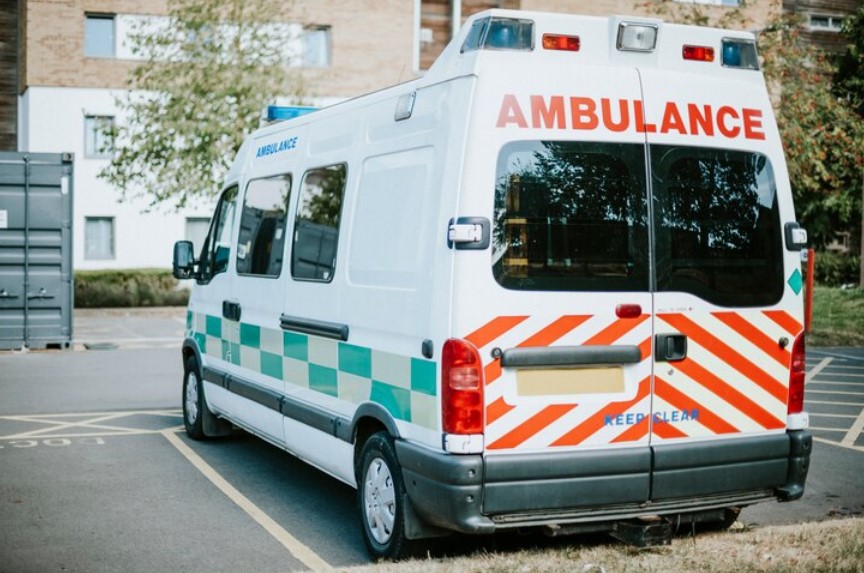29
Jul 2025
Ambulance Victoria’s Geelong Region in Crisis: Mobile ICU Shifts Left Unfilled
Published in News on July 29, 2025

Leaked internal communications from Ambulance Victoria reveal a growing crisis across the Geelong region, including areas stretching from Werribee to Warrnambool. The service has been repeatedly unable to staff its Mobile Intensive Care Ambulance (MICA) units—a core emergency resource—raising serious safety concerns.
Staff Shortages Now at Critical Levels
According to local paramedics, "dropped shifts" are routine: there were at least eight instances in May where no MICA specialist was available in the region, leaving only a single vehicle to cover an area of nearly 200 kilometres.
MICA paramedics are among the most highly trained in Victoria, requiring years of experience and postgraduate training. When those shifts go unfilled, lower-qualified staff are deployed instead, prompting “difficult workflow” changes—such as converting a MICA vehicle into a basic Ambulance Response Unit (ARU), with some specialist equipment removed to match the staff level.
Union Raises Alarm Over Patient Safety
The Victorian Ambulance Union, led by Secretary Danny Hill, has declared the situation a true emergency. Hill warns that when MICA support isn’t available, standard Advanced Life Support paramedics face heightened pressure and potentially life-threatening delays.
Hill explains that ALS paramedics often request MICA backup during high-risk patient calls, only to be told there’s none available or that coverage would come from as far as Ballarat or Melbourne. The union blames staffing exhaustion, burnout, and unsustainable rostering practices for the crisis.
Text Alerts Reveal Shift Coverage Strain
Internal documents obtained by the ABC show 46 shift-fill messages were sent over a 57-day period between late April and mid-June. These alerts were often issued with minimal notice—sometimes just one hour before a shift was due to begin—making it difficult for paramedics to fill gaps.
MICA Capacity Hits 10-Year Low
According to Ambulance Victoria’s latest annual report, full-time equivalent MICA staffing levels dropped to 503.4 in 2023–24—the lowest level in a decade. In comparison, the peak staffing was 569.1 in 2018–19.
While the agency notes that an influx of newly-trained MICA paramedics may help reverse this trend, it has not addressed how or why such a steep decline occurred.
Broader Systemic Challenges: Burnout, Dispatch Failures, and Overtime
Paramedics across Geelong have raised concerns about an aging dispatch system that frequently prioritises low-acuity calls over serious emergencies. A local paramedic described carrying out missions unrelated to paramedic-level care—such as dental pain complaints—as stretching resources improperly.
ALS and MICA staff report excessive overtime, sick leave, and prolonged fatigue. Many paramedics work so much overtime that they regularly exceed standard hours—leading to deep burnout. Union officials say one in five staff plan to leave the profession within a year due to these conditions.
What Ambulance Victoria Says
In response, Ambulance Victoria released a statement citing a “dynamic operating model” involving flexible crewing, cross-regional support, and shift texts to manage resources. However, the organisation declined to confirm the number of dropped shifts or express concern over the staffing low.
Why This Matters
- Lives at Risk: Without MICA specialists available, paramedics face challenges treating the most critically ill, increasing the potential for adverse outcomes.
- Coverage Gaps: The Geelong-region MICA team now operates with fewer staff, even as population and call volumes rise.
- Workforce Fragility: Staff models relying on frequent overtime and quick shift fills demonstrate unsustainable attrition rates and low morale.
Adding to the Strain: Hospital Stays and Accommodation Pressure
Beyond the emergency response itself, the lack of consistent MICA coverage can create downstream effects on hospital systems—particularly in regional areas like Geelong. Critically ill patients transferred to major city hospitals often require extended stays, which places pressure not only on bed capacity but also on families who must travel to be near loved ones during treatment.
This is where hospital stay accommodation options become increasingly vital. Services offering fully furnished, short- to medium-term apartments near hospitals are playing an important role in easing the emotional and financial stress on patients’ families. In times of medical crisis, especially when specialist care is centralised in metropolitan hubs, having access to convenient, home-like accommodation can make a tangible difference in recovery and support.
Final Thoughts
The crisis gripping the Geelong region isn’t isolated—it’s symptomatic of wider workforce and policy gaps within Victoria’s ambulance service. Filling MICA shifts isn’t just a staffing issue; it’s about ensuring critically ill patients receive intensive support when and where they need it. Urgent and systemic reform is required to avoid preventable risks and burnout across the emergency care workforce.









